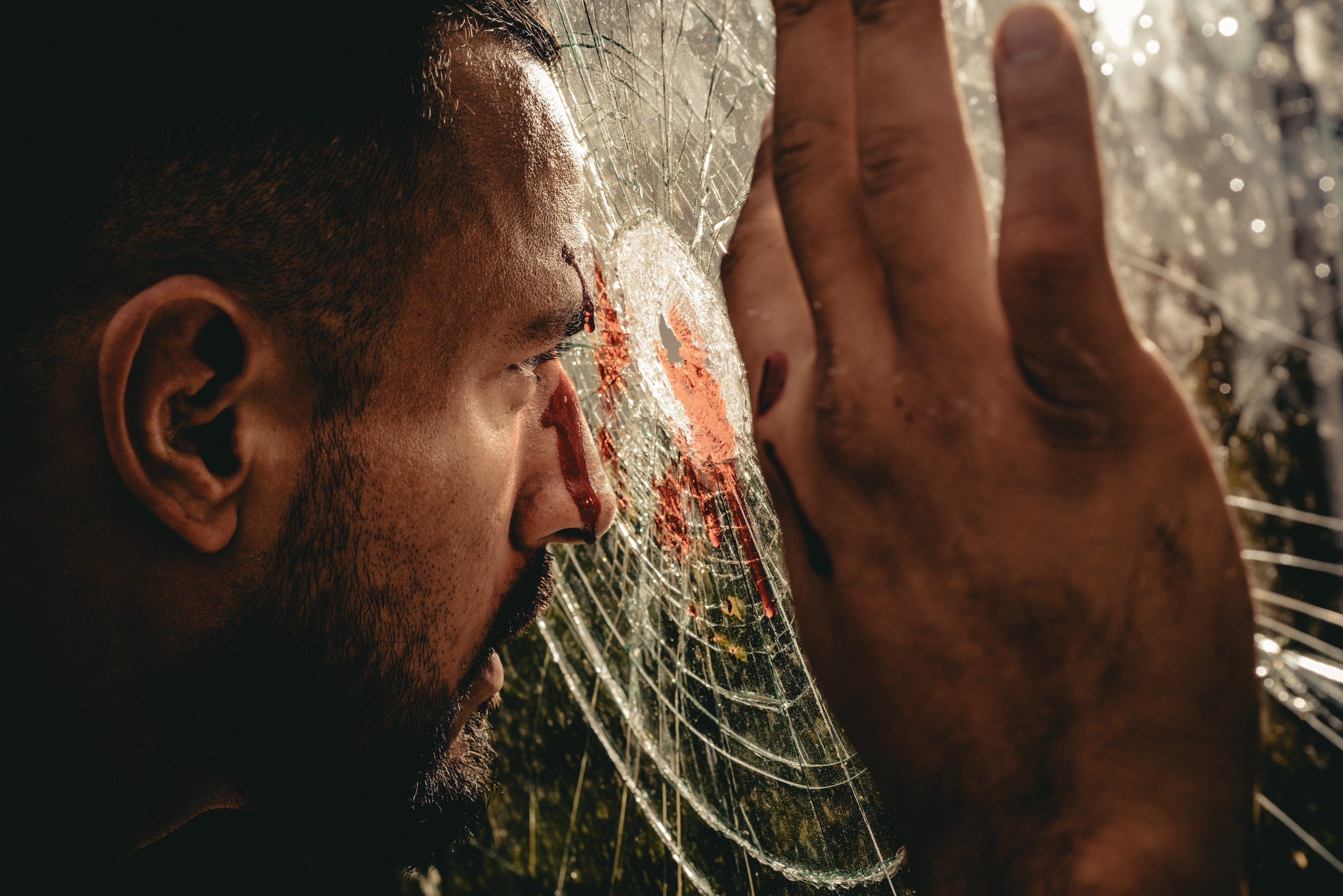The question is: whose trauma is it? Trauma theories, such as Ruth Leys’s, have shown that, though the ideas for post-traumatic stress disorder started as early as 1860, and it went through Charcot and Freud, Breuer and Ruth Leys, Cathy Caruth and Judith Herman and Bessel van der Kolk, it’s really post the Vietnam War that the American Psychiatric Association tried to lend coherence and cohesiveness to what was otherwise a very non-linear and a non-identical field of research.
This is something that has come up again and again in my case studies in four Indian cities and in London and New York: how is it possible to import certain Western psychiatric paradigms? Just as with the example of the bar workers, Sonia Faleiro does it very beautifully: she charts the symptoms of mental illness, but she tries not to diagnose. It’s a very non-judgmental reporting of how, for instance, one of the girls keeps having flashbacks of dead babies in dustbins, of these aborted fetuses that they have to deal with as an everyday occurrence. Many of us haven’t had to see such sights.

